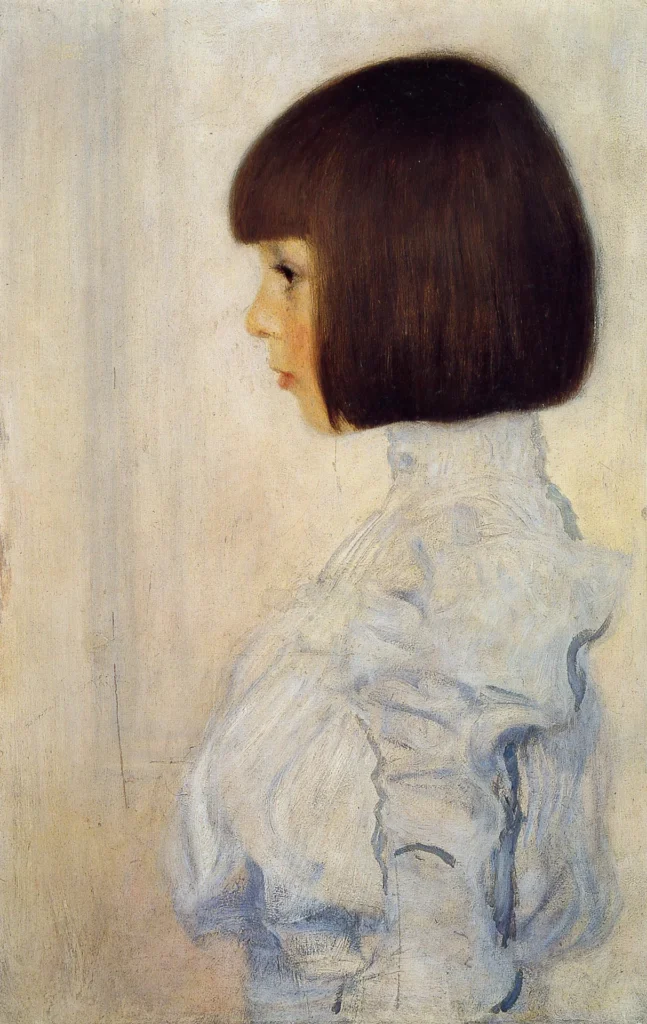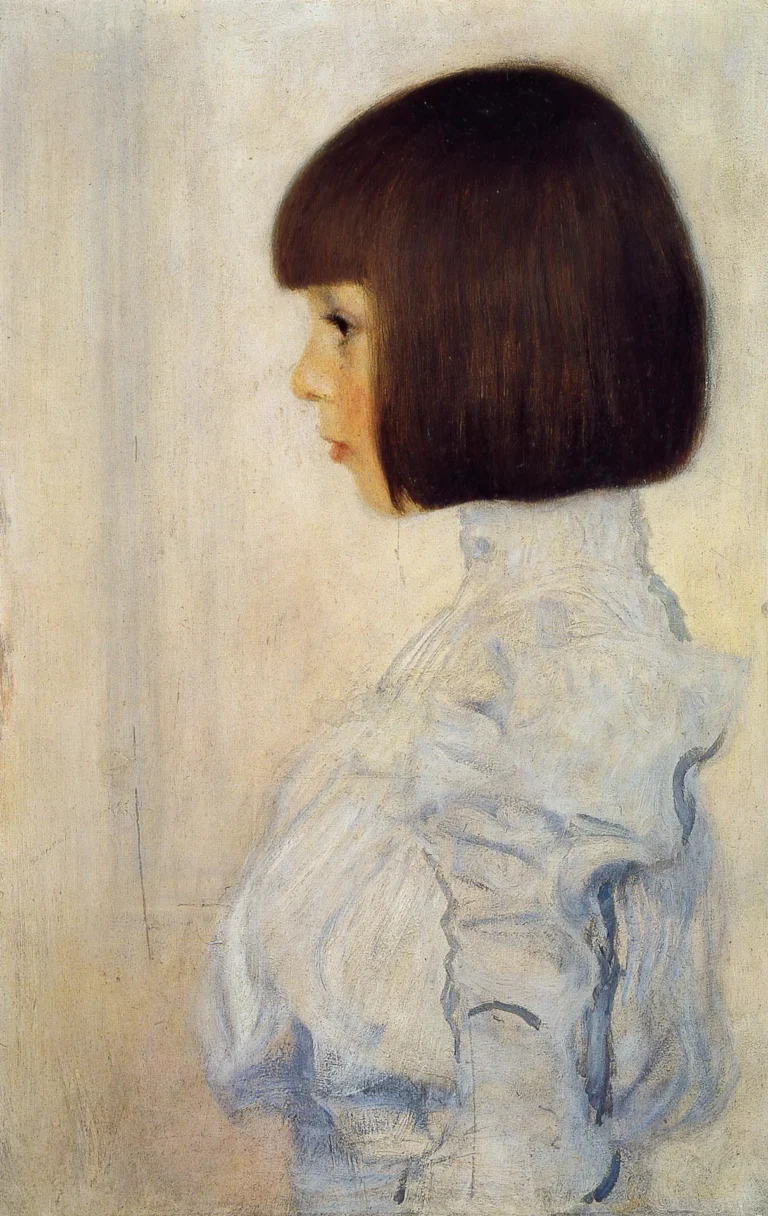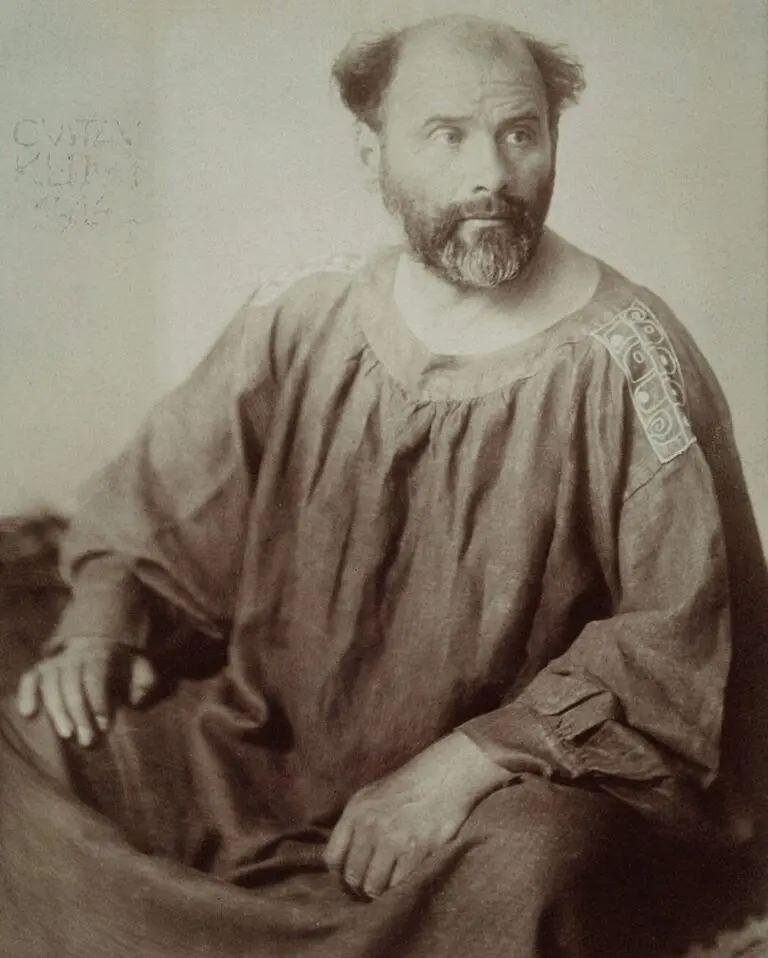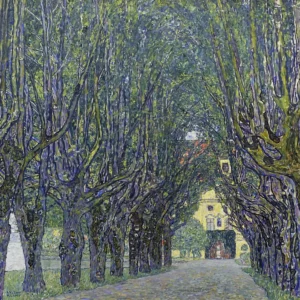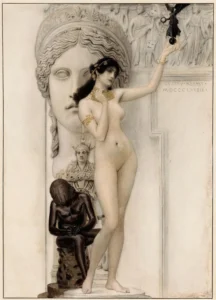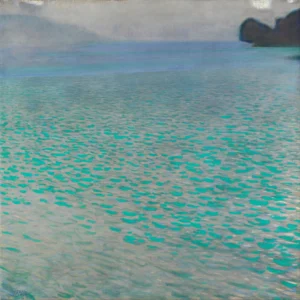Portrait of Helene Klimt (1898)
Created in 1898, the Portrait of Helene Klimt presents a tender portrayal of Gustav Klimt’s niece at just six years old. This work falls within Klimt's Golden Phase, where he skillfully harnessed Symbolist influences, showcasing soft edges and impressionistic detail. The portrait's formal profile-style composition elegantly reveals Helene’s signature bobbed hair and white blouse, capturing an intimate glimpse into the artist’s personal life.
Year 1898
About the Artwork
Gustav Klimt painted the Portrait of Helene Klimt in 1898 during a transformative time in his career, deeply entrenched in Symbolism. The subject, Helene, was more than just a model; she was his beloved niece and, following the death of Klimt's brother in 1882, became his legal ward. This intimate bond is reflected in the inviting quality of the portrait, which embodies both affection and artistic innovation. Helene's presence in the artwork highlights the familial love that influenced Klimt and encapsulates the warmth he brought into his works during this period. The soft contours and impressionistic methods are emblematic of Klimt’s unique style, a precursor to his later masterpieces, which would blend personal narrative with the ethereal.
Did You Know
After his brother’s passing, Gustav Klimt took on the significant role of legal guardian to Helene, fostering a deep emotional bond that would influence his artistic expression.
The portrait is emblematic of Klimt’s blending of Symbolist themes with personal elements, reflecting not just his technical prowess but also the intimate relationship he shared with his niece.
Executed in oil on cardboard, this choice of medium speaks to Klimt’s innovative approach during his Golden Phase, where he often explored various materials to achieve unique textures and effects.




